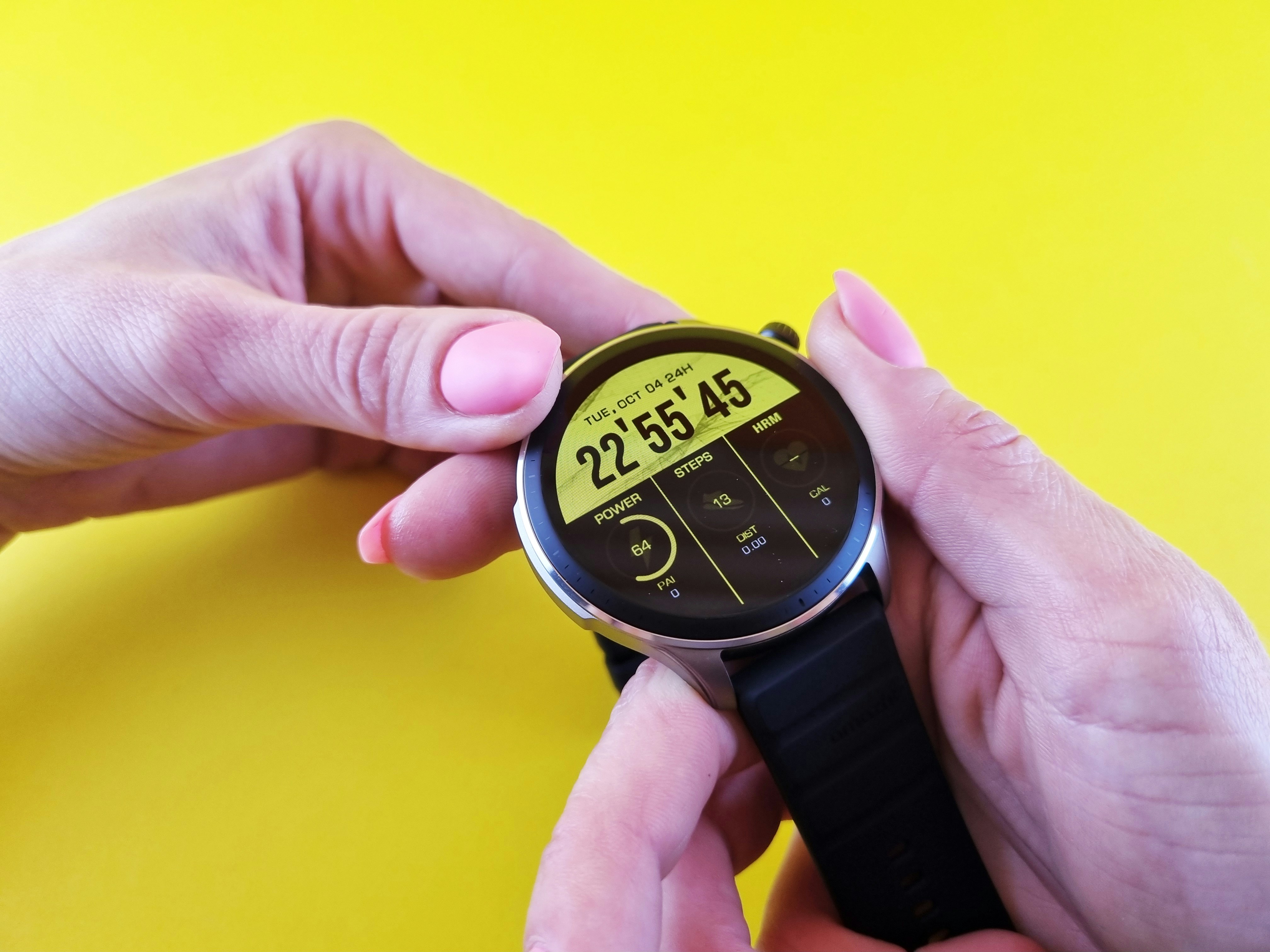
How To Use Fitness Trackers To Achieve Wellness Goals
Wearing a fitness tracker brings valuable insights right to your wrist. Devices like the *Fitbit* or *Garmin* display your daily steps, heart rate, and sleep habits, making it easier to understand how your actions influence your health. As you glance at your progress throughout the day, you can quickly decide when to move more or when to rest. These real-time updates highlight both your achievements and areas that may need some extra attention. By tracking your activity and patterns, you stay informed and motivated, making it simpler to reach your health and wellness goals one day at a time.
Advertisement
These wearable devices adapt to your routine and learn from your habits. They send reminders for you to stand, suggest breathing exercises, or challenge you with mini workout goals. With a tracker, you access personal insights that previously required professional gear. You only need to sync it with your phone or computer to view clear charts and progress summaries.
Understanding Fitness Trackers
Trackers use sensors to detect movement, speed and biometric details. Accelerometers log your steps and distance. Optical sensors measure your pulse through your skin. Some models include GPS for accurate route mapping. Each hardware piece sends data to an app designed to display trends over days, weeks or months.
Brands like Fitbit, Apple Watch and Garmin offer different strengths. Some focus on heart health, others on detailed sleep analysis. Compare battery life, water resistance and app design before choosing. That way, you pick a tracker that fits your daily life and technical comfort.
Setting Your Wellness Goals
Start by defining what you want to achieve. It could be walking 10,000 steps daily, reaching a target heart rate during workouts or improving sleep quality. Write down three clear goals and set a timeline. Concrete targets help you stay focused and motivated.
Break large goals into weekly milestones. If you want to cut restful time in half, aim for a 5% improvement each week. That steady approach prevents overwhelm and keeps motivation high. Celebrate each milestone with a non-food reward—like a new workout playlist or a relaxing stretching session.
Tracking Key Metrics
Focus on metrics that match your goals. The right data helps you make better decisions:
- Steps: Count your daily movement and encourage more walking breaks.
- Heart rate zones: Track how long you spend in fat-burn, cardio or peak zones.
- Active minutes: Measure minutes spent in moderate or vigorous activity.
- Sleep stages: Observe light, deep and REM sleep to improve rest.
- Calories burned: Compare energy output versus intake for weight management.
- Recovery score: Check muscle fatigue or readiness based on rest data.
You don’t need to track every metric. Pick two or three that match your goals. Reviewing data weekly helps you notice patterns and adjust your routine quickly.
Integrating Trackers into Your Daily Routine
Wear your tracker consistently. Charge it overnight or during low-activity periods. Sync data each morning to spot trends right away. That habit minimizes gaps and provides reliable feedback over time.
Pair tracker alerts with simple actions. When you get a “time to move” reminder, stand up and stretch or take a brisk walk. Use silent alarms to mark hydration breaks or strength-training sets. These small prompts add up and keep your routine smooth and natural.
Overcoming Common Challenges
Tracking technology can feel overwhelming at first. You might look at graphs and wonder what to change. Start by focusing on one metric for two weeks. Once that habit forms, add another metric. This step-by-step process prevents data overload.
Battery life often trips people up. Set a weekly charging schedule that matches your downtime—like charging while you shower or during breakfast. If you travel frequently, carry a small power bank to avoid losing data during important workouts.
Advanced Tips and Best Practices
- Adjust alert thresholds. Tweak step or heart-rate targets in your app for personalized challenges.
- Share your goals with a friend. Social accountability increases your consistency by 35%, according to recent studies.
- Use third-party apps for deeper insights. Tools like Strava or MyFitnessPal can sync workout and nutrition data.
- Review your trends monthly. Look at your highest and lowest performance days to improve your schedule.
- Try tracking non-standard metrics. Experiment with VO2 max, stress levels or blood oxygen if your device supports them.
These tips help you go beyond basic step counting. They assist you in refining workouts, recovering faster and staying engaged for months or years.
Using a fitness tracker helps you stay focused on your wellness goals. Regularly review your progress and adjust your habits to achieve lasting results.
Advertisement